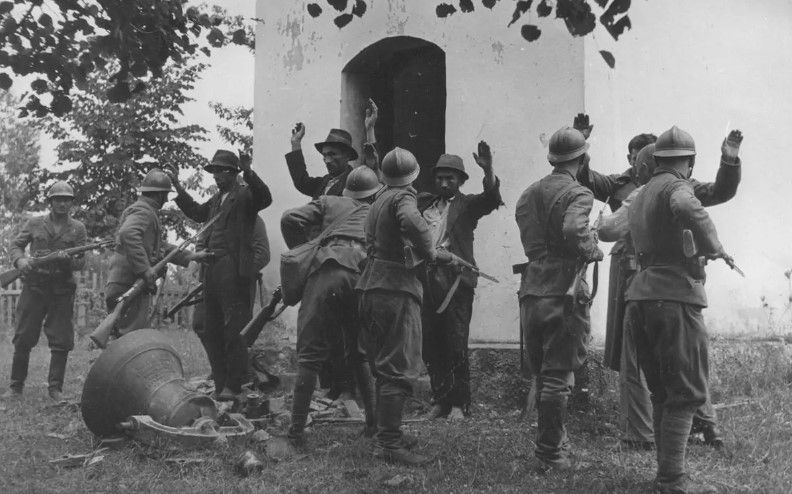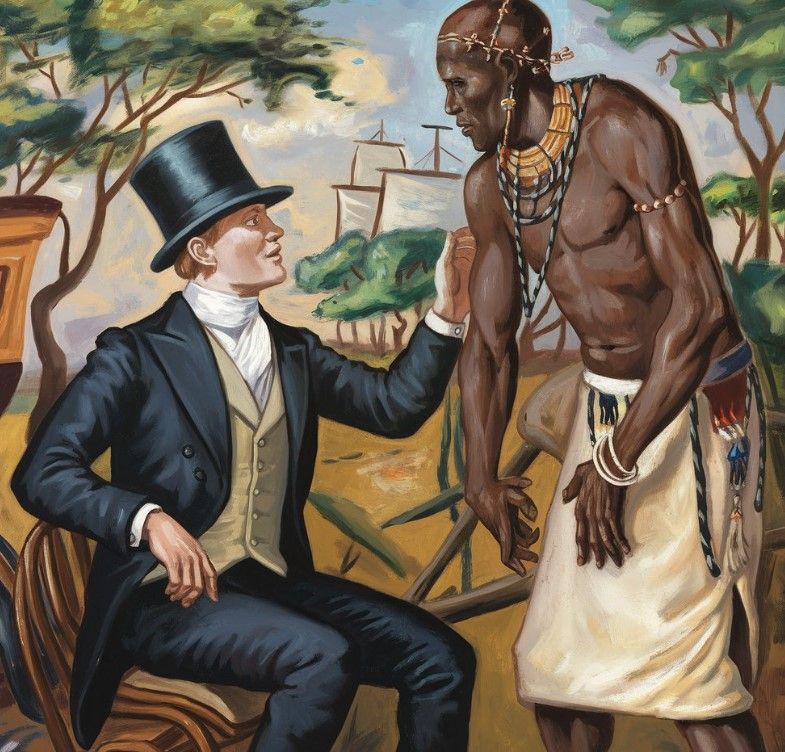Historical genocides and Examples

Contents
What is this?
Genocide is the deliberate extermination or partial destruction of certain groups of the population on national, racial, religious or ethnic grounds.
The Criminal Code of the Russian Federation defines genocide as actions aimed at the complete or partial destruction of a national, ethnic, racial or religious group by killing members of this group, causing serious harm to their health, forcibly preventing childbirth, forcibly transferring children, forcibly resettling or otherwise creating living conditions calculated to physically destroy members of this group.
Examples
Genocide, as well as the deliberate creation of living conditions calculated to bring about the physical destruction, in whole or in part, of these groups, as well as measures to prevent childbirth among them.
The most famous examples of genocide are:
- The St. Bartholomew’s Day massacre in Paris was a massacre of Huguenots by Catholics in 1572, organized by the Medici and Guise families.
- Genocide of the Herero and Nama tribes (1904 – 1907).
- The extermination and deportation of Christians in the Ottoman Empire (genocide of Armenians, Pontic Greeks, Assyrians; 1915–1923).
- The extermination of Jews (Holocaust) and Roma (Gypsy genocide) by Nazi Germany during World War II.
- The extermination of Serbs during World War II by the pro-fascist Croatian regime of Pavelic (genocide of Serbs; 1941–1945).
- The deportation of Kalmyks by the Stalinist regime to the regions of the Urals, Siberia and Central Asia (recognized by the Russian parliament as an act of genocide – preamble and Article 2 of the Law of the RSFSR of April 26, 1991 No. 1107-1 “On the rehabilitation of repressed peoples”).
- In August 1960, the International Commission of Jurists stated in its report that “acts of genocide have been committed in Tibet in an attempt to destroy the Tibetans as a religious group.”
- The extermination of up to three million Cambodians by the Pol Pot and leng Sary regime in Cambodia from 1975 to 1979 (Khmer Rouge, Killing Fields) (it is often called genocide, although the nationality of the victims was not a determining factor, except in the case of individual national minorities).
- The extermination of the Kurdish population of northern Iraq by Iraqi forces, in particular during Operation Anfal (1987–1989).
- The Rwandan genocide of 1994 was a massacre in Rwanda in which Hutu ethnic groups killed 800,000 Tutsi people.
- The Srebrenica massacre of 1995 was a mass killing of Bosnian Muslims by Bosnian Serbs.
Genocide differs from intentional murder based on religious, racial, national, ethnic hatred or hostility, causing harm to health for these reasons, terrorist acts and other similar crimes in that its purpose is to exterminate or partially destroy a group of people, a people or a nation. The term “ethnic cleansing” has recently become closely related to the term genocide.
As can be seen from the examples given, genocide was most widespread in the 20th century. Beginning in 1933, the leaders of Nazi Germany set themselves the task of practically exterminating individual peoples because of their national origin, religion, and political structure of the country.
The Nuremberg International Tribunal in 1945 established that war criminals include those who violated the laws and customs of war and committed crimes against peace, as well as those whose actions were directed against humanity, who deliberately destroyed the civilian population. The UN General Assembly at its first session in 1946 confirmed the principles of the statute and the judgment of the Nuremberg Tribunal, and also established that genocide is a crime and that persons who committed it are subject to severe punishment. The Assembly called on states to cooperate in preventing genocide and punishing those guilty of it. It proposed that states adopt national norms of their criminal legislation regulating responsibility for these crimes.
Convention
On December 9, 1948, the UN session adopted the Convention on the Prevention and Punishment of the Crime of Genocide. The Convention entered into force on January 12, 1951. The number of states party to the Convention is more than one hundred. The Russian Federation, as the legal successor of the USSR, is a party to this Convention. The 1948 Convention defines genocide as “acts committed with intent to destroy, in whole or in part, a national, ethnical, racial or religious group.”
Types
The Convention establishes the following types of genocide:
- murders of group members;
- causing them bodily harm or mental disorder;
- deliberate creation of conditions for members of a group in which partial physical destruction of people occurs;
- measures to prevent childbirth within the group;
- forced transfer of children from one group to another.
The 1948 Convention defined for the first time that genocide is an international crime, regardless of whether it is committed in peacetime or wartime. Therefore, States Parties to the Convention undertake to:
- take preventive measures and criminally punish those guilty of committing genocide;
- adopt criminal laws that provide for effective penalties;
- to try the accused by competent courts;
- not to classify genocide as political crimes and not to extradite those guilty of genocide.
Punishment
Punishment for genocide, as established by Article IV of the Convention, is borne by all guilty persons “whether they are constitutionally responsible rulers, public officials or private individuals.” Those accused of genocide are subject to trial by the state in whose territory the crime was committed, or by an international criminal court whose jurisdiction is recognized by the parties to the Convention.
According to the 1968 Convention on the Non-Applicability of Statutory Limitations to War Crimes and Crimes against Humanity, genocide is a crime for which no statutory limitation applies.











